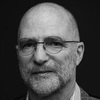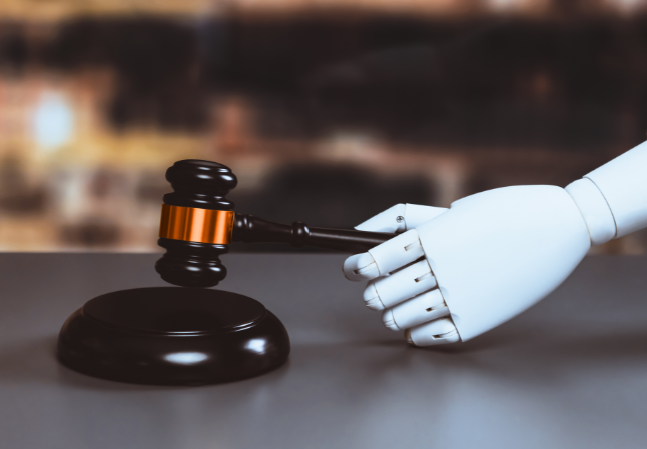Welcome to BARBRI for Professionals. Watch this space for upcoming special offers!
About the Course
Introduction
This CLE course will guide counsel on functionality in design patent litigation and USPTO prosecution. The panel will examine recent court treatment and how to navigate the issue of functionality in both prosecution and litigation contexts.
Description
By definition, design patents protect ornamental designs. Those designs are often applied to functional articles. But sometimes design protection is denied—or revoked—for designs that are too functional. Though it applies rarely, practitioners should be aware of the functionality doctrine, and how to protect against it or use it to their advantage.
The question of functionality can affect a design’s very eligibility for patent protection, and can influence how a design patent claim is construed in litigation. The Federal Circuit has set forth factors and standards to help evaluate a claimed design’s functionality, but still the “functionality” line remains fuzzy. The lack of clear guidance has left uncertainty surrounding some aspects of design patent prosecution and litigation.
Listen as our authoritative panel examines ornamentality and functionality in design patent law. The panel will discuss recent court treatment, including the use of expert witnesses, and how it has shaped or applied the doctrine of functionality and will suggest strategies to optimize design patent protection in both prosecution and litigation. The panel will also discuss functionality’s sister doctrine, affecting protection for designs that are “hidden in use,” and will contrast the functionality doctrine with the markedly different trademark doctrine of the same name.
Presented By

Ms. Durkin heads the firm’s Mechanical and Design Patent Group. With nearly 30 years of experience obtaining and enforcing IP rights, she has a deep understanding of utility and design patents, trademarks, and copyrights. Ms. Durkin has been an Adjunct Professor at George Mason University Law School and has spoken internationally on topics such as the interplay between design patents and trade dress, and protection of user interface and the user experience. She is currently a Vice Chair of the Industrial Designs Committee of IP Section of the ABA.

Mr. Gajewski is a director in the firm's Mechanical & Design Practice Group. His work centers on utility and design patent preparation and prosecution, as well as challenges to issued patents of both types. The look--or industrial design--of a new product can be just as valuable as its utility, particularly in keeping knock-off products off the market. He specializes in developing a full product-based patent protection strategy. This means working with inventors to hone in on a new product’s innovative features, whether they be structural or aesthetic. Based on this, he prepares design and utility patent application strategies that intermesh, working to ensure that neither application is drafted or prosecuted in a way that could limit the scope of the other.

Mr. Rake both practices and teaches industrial design. Prior to serving as he taught full-time at Auburn University and UNITEC (formerly Carrington Technical Institute) in Auckland, New Zealand. He has also taught in Stockholm and England. He has designed commercial products, consumer products, interiors, graphics, packaging, and exhibits. He serves as an expert witness in design patent infringement and product liability cases.
-
This 90-minute webinar is eligible in most states for 1.5 CLE credits.
-
Live Online
On Demand
Date + Time
- event
Tuesday, February 22, 2022
- schedule
1:00 p.m. ET./10:00 a.m. PT
- The ornamentality requirement
- The functionality doctrine’s effect on a design’s eligibility for patent protection
- The functionality doctrine’s effect on claim construction in litigation
- The USPTO’s application of the functionality doctrine during prosecution
The panel will review these and other key issues:
- How are district courts applying the Federal Circuit’s guidance regarding functionality in design patents?
- How can counsel best position themselves to overcome (or make) a challenge to validity or patentability based on the functionality doctrine?
- How should functional features of a design influence claim construction?
Unlimited access to premium CLE courses:
- Annual access
- Available live and on-demand
- Best for attorneys and legal professionals
Unlimited access to premium CPE courses.:
- Annual access
- Available live and on-demand
- Best for CPAs and tax professionals
Unlimited access to premium CLE, CPE, Professional Skills and Practice-Ready courses.:
- Annual access
- Available live and on-demand
- Best for legal, accounting, and tax professionals
Unlimited access to Professional Skills and Practice-Ready courses:
- Annual access
- Available on-demand
- Best for new attorneys




